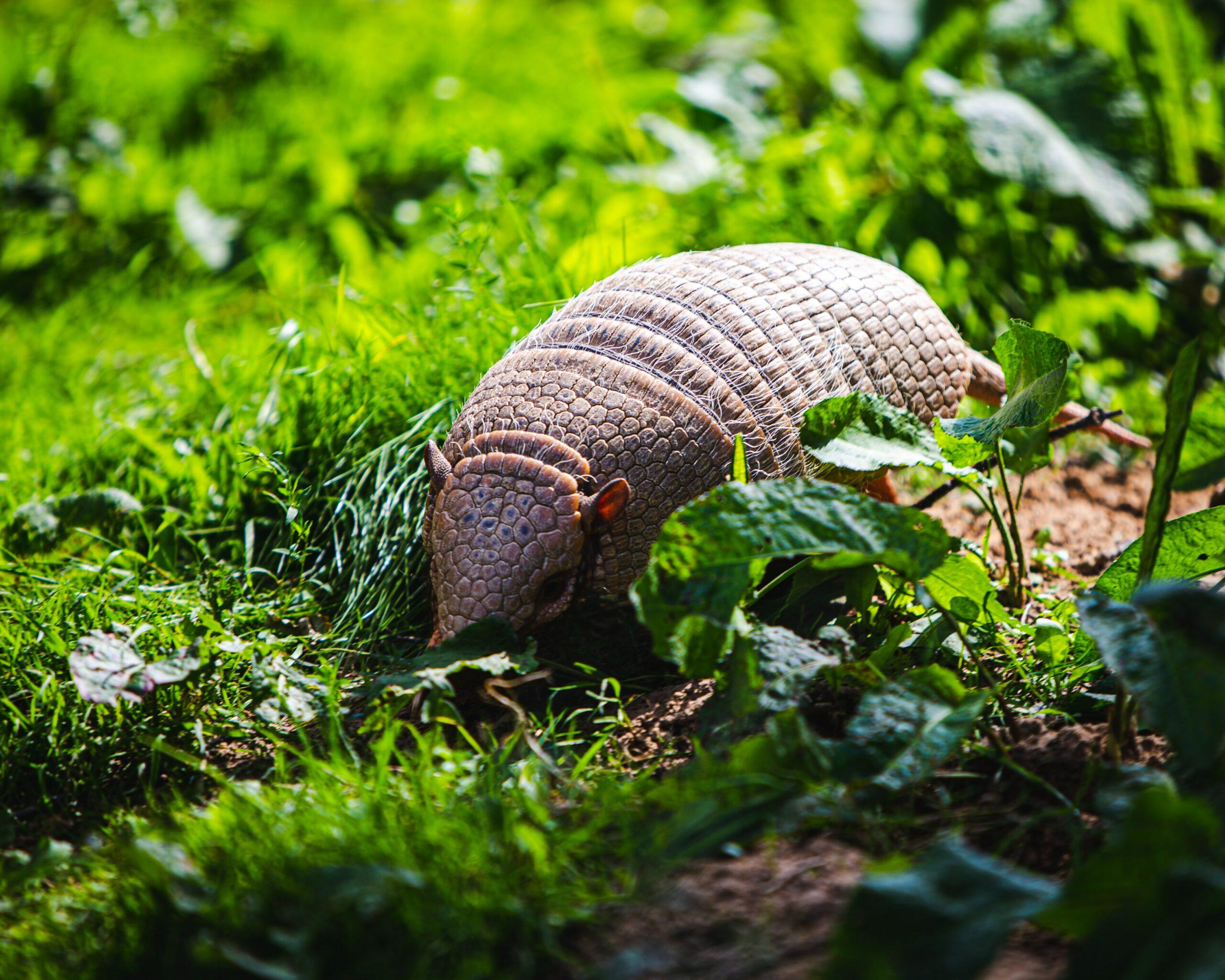The armadillo is a long-necked, tailless mammal known for its armor made up of strong teeth and a hard shell on its back. The name ‘armadillo’ comes from the shape of its body: it is often compared to a real-life armored carapace from the 17th century. In Spanish and Portuguese, it is known as ‘doyen’ or ‘carapace.’
Armadillos are found in North, Central and South America and make their home in burrows or caves. Their omnivorous diet consists of plants and root vegetables, as well as some insects, and they have been known to climb trees to feed on fruit. While the majority of armadillos are nocturnal, some can be active during the day and will come out of their burrows to eat during the warmer summer months. They usually return to their burrows at nightfall.
Where do they go during the day?
It is well-known that armadillos sleep during the day and come out at night to forage for food and to eliminate. However, this is only part of the truth as they may travel during the day from their home turf to other places seeking food or a warmer climate. It is extremely difficult to determine just how far they will travel from their burrows as there is no set route and they will travel up to 20 miles from their home to avoid predators. They can move quickly and with ease in spite of their large size, which can reach up to fifteen inches in length. In some cases, they have been known to travel over 50 miles during the warmer months, during which they might try to find a mate.
How many generations can an armadillo live in captivity?
While it is not known how many generations an armadillo can live in captivity, it has been observed that they can reproduce fairly quickly when kept in large groups. There are, however, numerous factors that can affect an armadillo’s lifespan, such as the quality of the food and water they are provided with. A poorly-fed and dehydrated armadillo will likely die sooner than one that is well-fed and hydrated.
In the wild, armadillo populations mostly remain stable, with a baby born every two years. When humans make their way into the wild and start cutting down trees for firewood or farm land development, we risk upsetting the eco-system and reducing the armadillo’s food supply. Some research has also suggested that climate change may affect the number of armadillos in certain areas. As temperatures rise and become more unpredictable, it is possible that the animals may become disoriented and look for signs of food and shelter in unfamiliar places, perhaps even in human habitats.
Where do they travel to when they’re sick or injured?
When an armadillo is sick or injured, they will usually head to a quiet place to heal from their ailments. This may be a cave, burrow or other protected place. They have also been known to return to their previous home after recovering from an illness or injury.
If they are not able to return to their original burrow after recovering from an injury, they may try to find a new place to live or a new home within a few miles of their current position. In rare instances, they have been known to travel over 100 miles in search of food or a place to live. If humans make their way into an injured armadillo’s territory, they may try to flee to their natural habitat or hide in a secluded place, allowing the animal to heal without interference from humans.
Why do they need to sleep during the day?
Armadillos are crepuscular (active at dawn and dusk) and nocturnal (active at night) predators that feed on almost anything they can get their teeth into. It is a common misconception that they are active only at night as they need to sleep during the day to prevent overheating. While they will come out of their burrows at night to hunt for food, they sleep almost all day long. They leave their burrows only to drink, defecate or go to the bathroom.
In order to stay active during the day, an armadillo needs to consume enough food to generate enough heat to keep them warm at night. They also need to drink plenty of water to stay hydrated. If they do not drink enough water, they will become dehydrated, which will then affect their health. Animals that are chronically dehydrated are more likely to have health problems, such as kidney trouble and heart disease.
How do they communicate with each other?
Armadillos are intelligent animals and have been known to use tools, make war plans and even look for mates via online dating websites. Due to their unique physical build and the fact that they are long-lived, armadillos have been able to thrive in captivity for centuries and have become popular pets all over the world. They are known to be very sociable animals that can live in large groups if provided with enough space and comfort. When kept in pairs or family groups, they can become rather solitary creatures, preferring their own company over that of humans or other pets.
Communication between armadillos is mainly done with body language and vocalizations. When they encounter a threat, they will raise their tails and make loud noises by pressing their cheeks against their horns to warn others. If one of their number dies, they will often dig it up and carry it around with them for a while, sometimes going into a shell shock afterwards and not leaving their den for days or weeks on end. When they do come out of their burrows, they will contact others with a low-pitched chirp or whistle and may even leave a calling card to let others know they have been there. When they are together in large groups, they will sometimes use their long snouts to push each other around to settle conflict. In some instances, dominant males will bite the tails of other males to show off their power and to establish their superiority. Finally, armadillos have been known to mark their territory with a pile of scat (fecal matter) as a sign for others to stay away. This is usually left near food sources or other important sites for the animal.
With their unique physical traits and long lifespan, it is not surprising that armadillos are often associated with ancient cultures. It is well-known that they have been used in Brazilian folklore as a symbol of strength and courage, and were even depicted on pottery in pre-Columbian America. The earliest written reference to armadillos was made in 1543 and they have been featured in numerous works of fiction ever since, including Rudyard Kipling’s 1896 short story ‘The Armadillo.’




